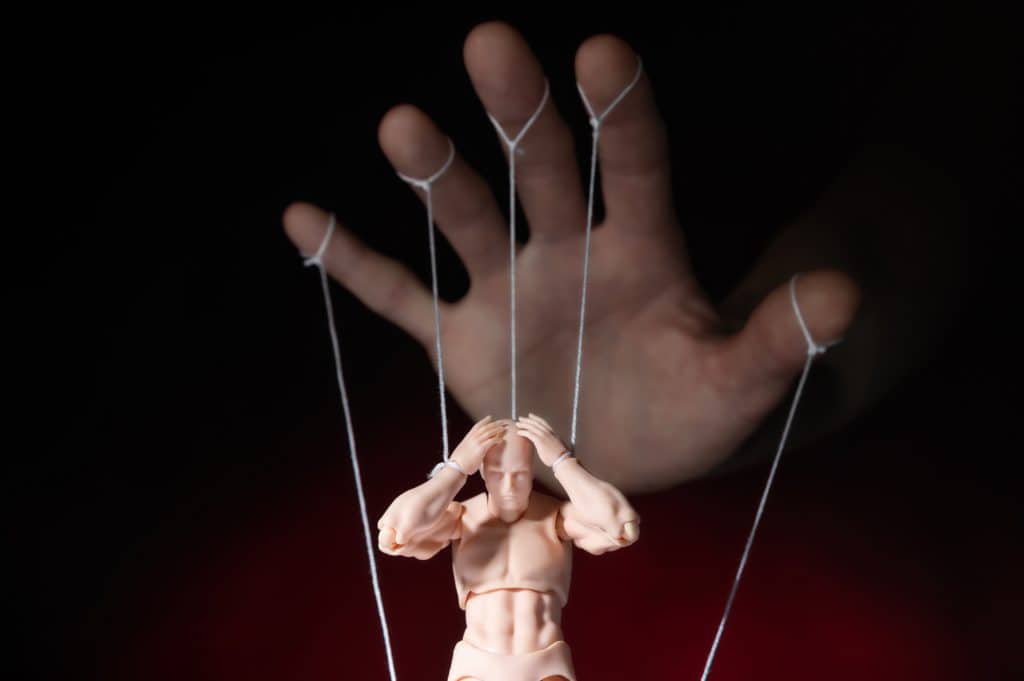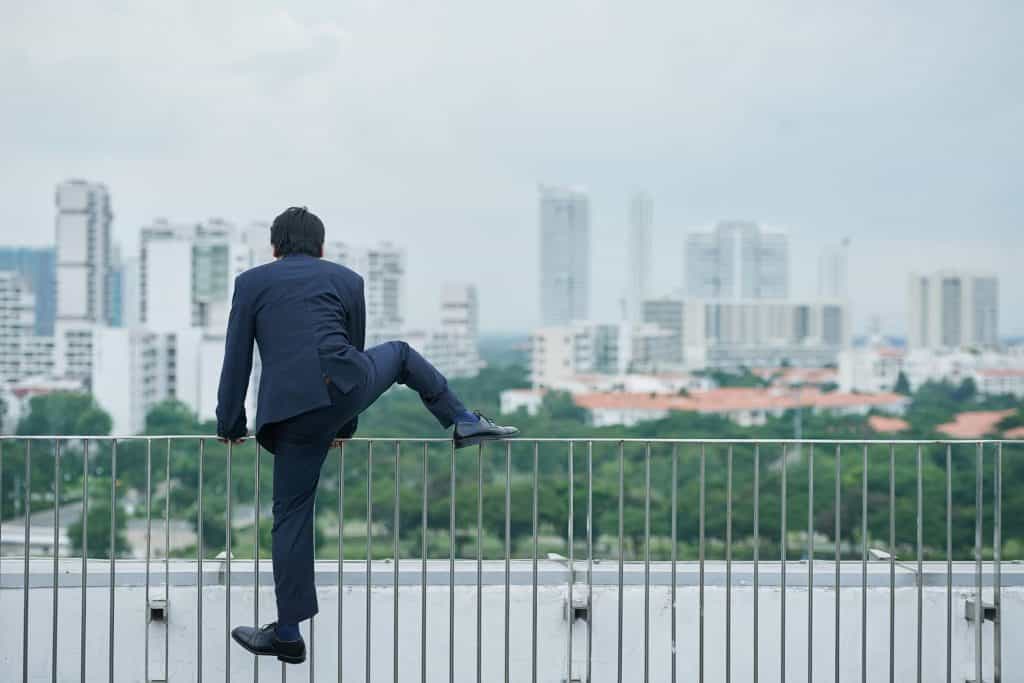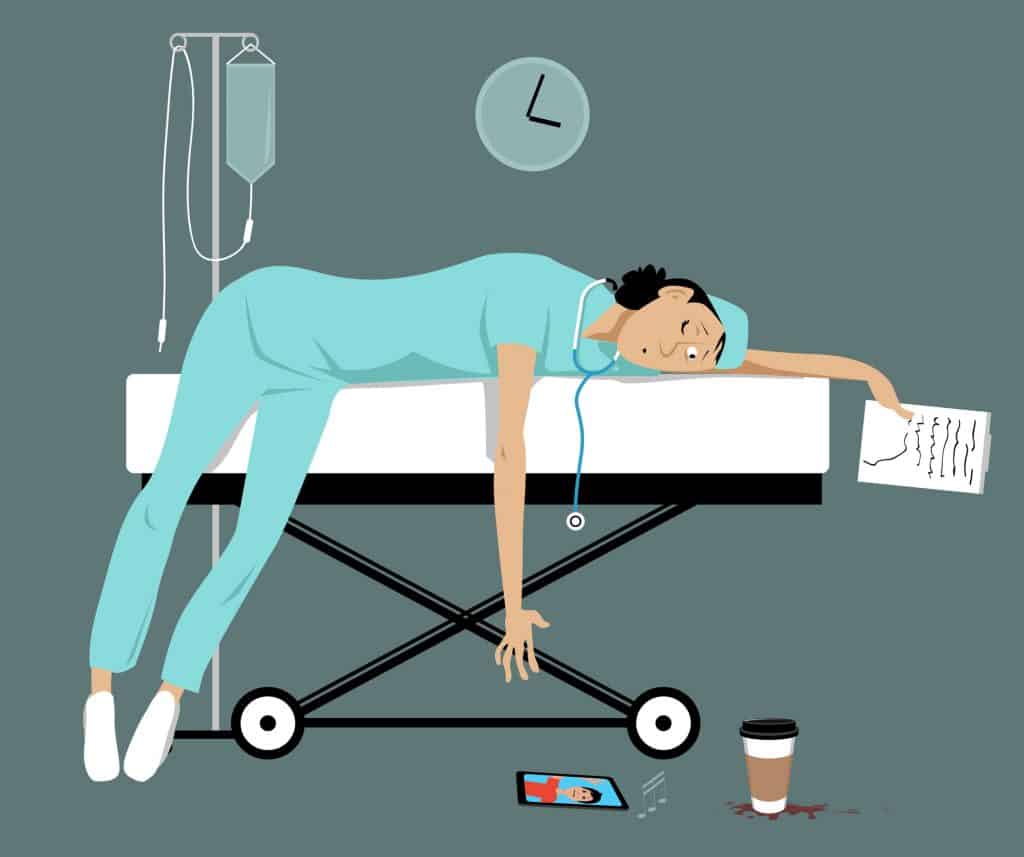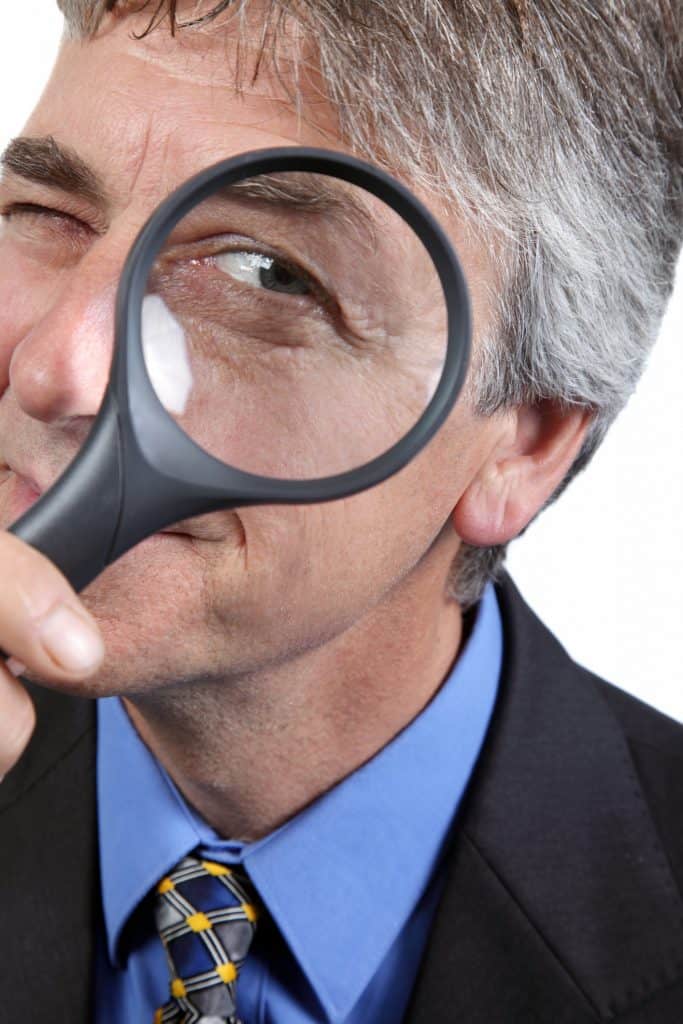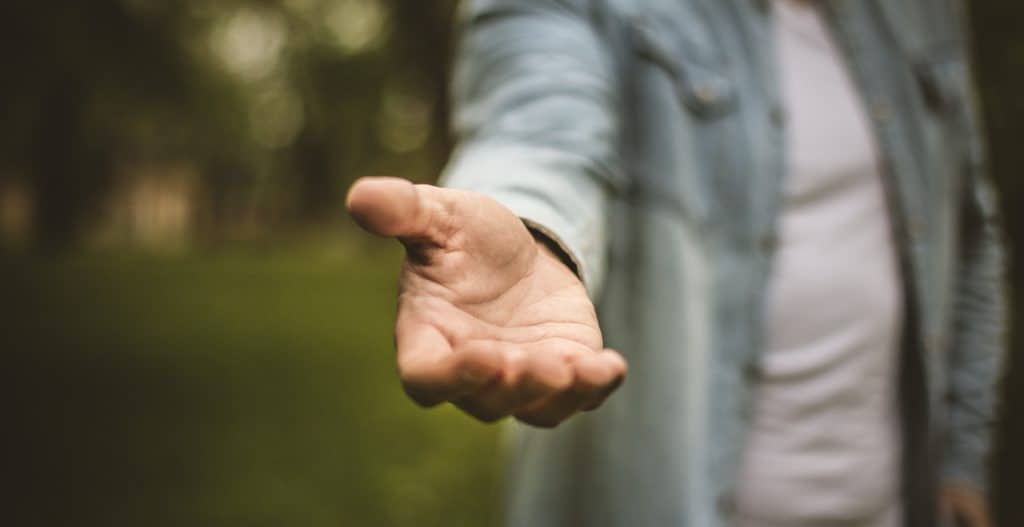
“The way we do things around here” is a rough explanation to what many people mean by culture and, especially, a workplace safety culture. A culture is built or strengthened through personal interaction, conversations, relationship and a shared responsibility. Part of this is an expectation that workers will look out for each (which is also a legislative obligation), and crucial to this is the concept of the “ethical bystander“.
But recently this concept was applied in a new way in an American Court when a woman, Lisa Ricchio, who was kept and sexually assaulted repeatedly in a hotel room, sued the hotel alleging that the hotel owners financially benefited from the crime.

